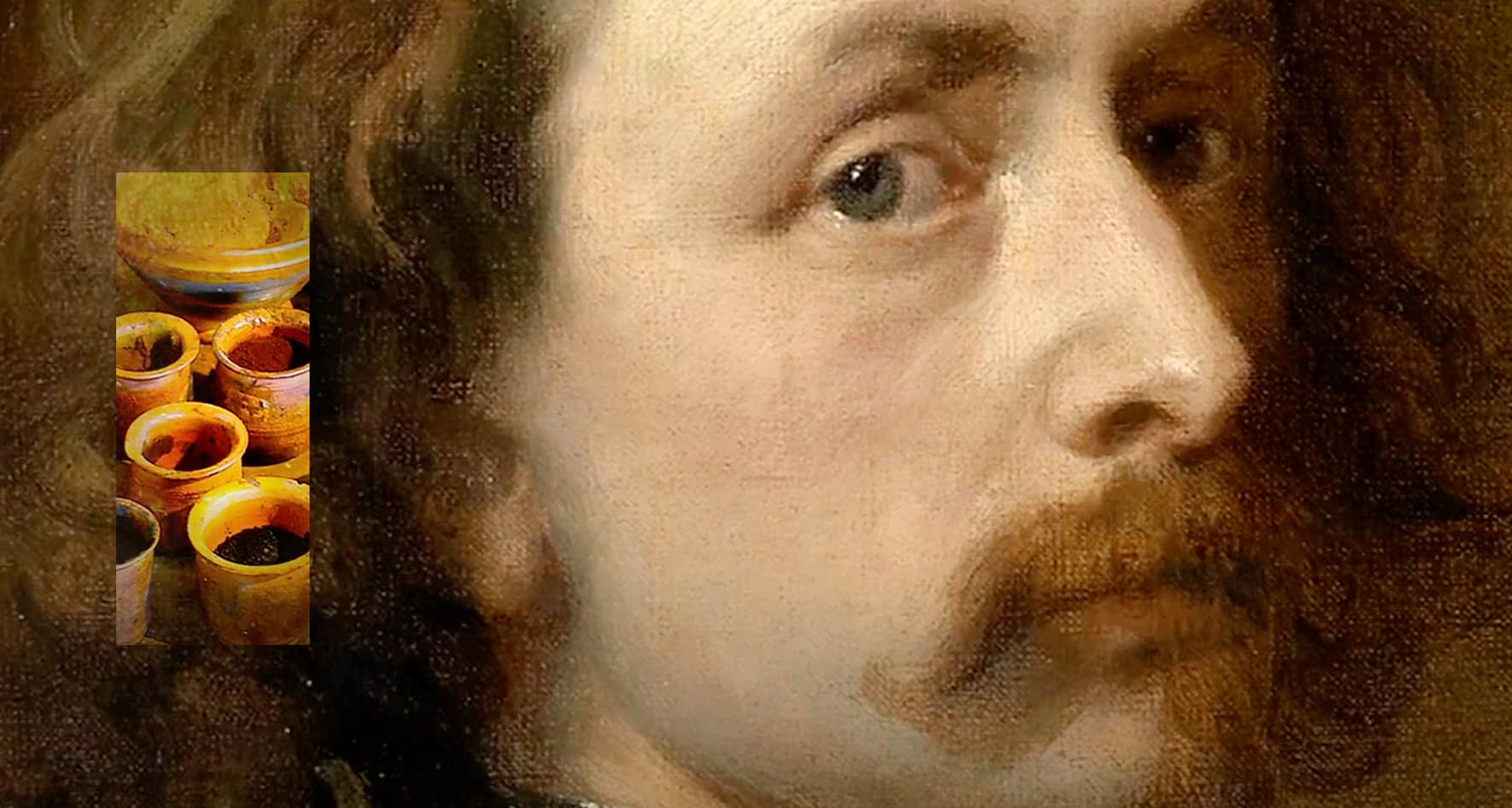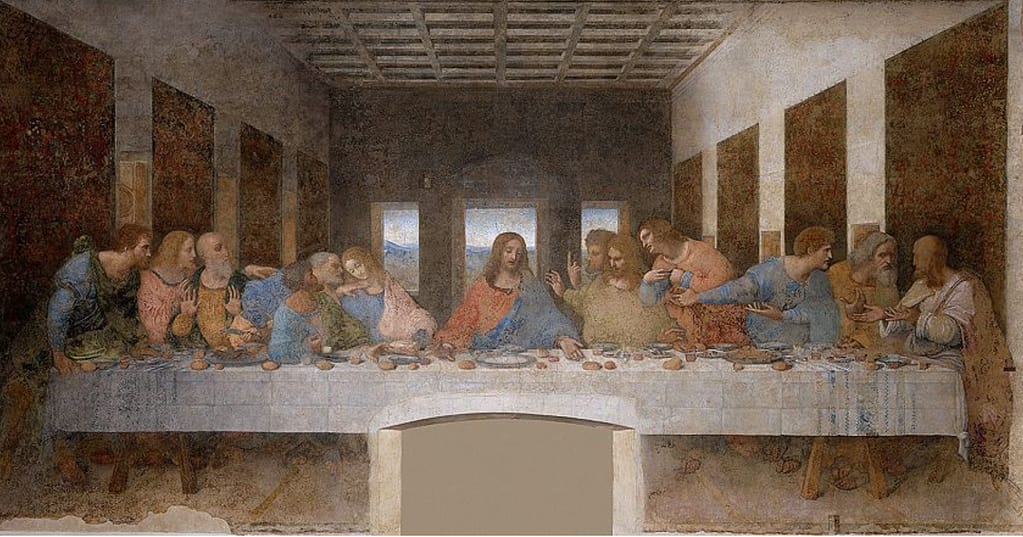
The Renaissance and its renowned ‘Masters of the Renaissance’ began in Italy in the 14th century. Firstly, the movement spread throughout Europe in the 15th and 16th centuries. And some of the most famous Renaissance artists include Leonardo da Vinci, Michelangelo, Raphael, Donatello, Titian, and Botticelli.
This period marked the beginning of innovation and revolution in artistic tradition
The Renaissance was revolutionary in its development of artistic techniques. It marked a major shift in the way art was created and viewed, ushering in a period of experimentation and innovation. And Renaissance artists developed new techniques and media, such as linear perspective, chiaroscuro, and sfumato, as well as making significant advances in sculpture and other forms of art.

Experimentation and innovation in colour
Renaissance artists developed pigments to create lasting skin tone colours by mixing various materials to create a palette of colours. Typically, the most common materials used were earth pigments, such as ochre, umber and sienna, as well as plants and minerals. These materials were ground up and mixed with water and a binder, such as egg yolk or oil, to create a paint.
The range of colours available was limited by the availability of pigments and the limited knowledge of how to mix them to obtain the desired effect. So, to create a range of skin tones, artists used a combination of red, yellow, and brown pigments. Added to which, red pigments were made from cinnabar, vermilion, and madder. Whilst yellow pigments were made from chrome yellow, yellow ochre, and orpiment. Finally, brown pigments were made from umber, sienna, and raw umber.
Artists would create the desired skin tone colour by mixing and matching these pigments in various proportions. Then they’d also mix in white pigments, such as lead white and titanium white, to lighten the colours and make them more realistic.

Renaissance artists developed many techniques to ensure that the colours they created were permanent and had vivid colours. They’d often use a process called “sizing” where they would apply a thin layer of a glue-like substance to the painting surface and allow it to dry before painting. This helped to create a barrier between the pigments and the painting surface, thus helping to prevent the colours from fading. Another technique they used became known as “glazing”, where they would apply a thin layer of transparent colour over a thicker layer of opaque colour. In this way, the artists of the Renaissance created a luminous, glowing effect that also helped to protect the colours from fading.
So what lessons can modern day portrait artists learn from the masters of the renaissance
You must observe nature and learn proportions
The Renaissance masters were keen observers of nature and they used their observations to inform their art. This is something that modern portrait artists can learn. By studying the proportions of the human face and body, modern portrait artists can create more realistic and dynamic portraits.
Try using symmetry and balance
Renaissance artists were experts in creating balanced and symmetrical compositions. By studying the works of the Renaissance artists, modern portrait artists can learn how to create more balanced and aesthetically pleasing portraits.
Use light and shadow to create contrast
Renaissance masters used light and shadow to create contrast and depth in their portraits. By using light and shadow, learning from masters such as Caravaggio, modern portrait artists can create more dynamic and interesting portraits.
Use expressive and deeper colour to create mood and emotion
The Renaissance masters were masters at using colour to evoke emotion and create mood in their portraits. By studying the colour palettes of the Renaissance, modern portrait artists can learn how to use colour to create more evocative and expressive portraits.
See some of my portraiture to date here.